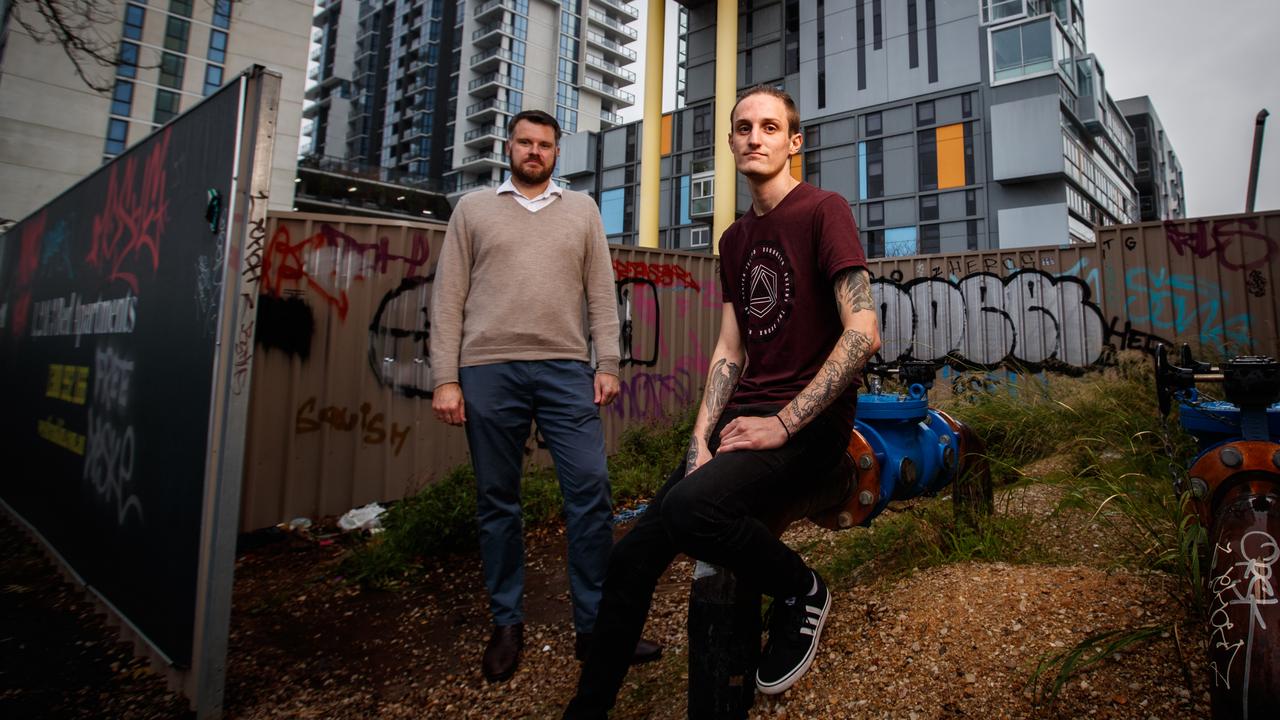The incredible journey of one SA kingfish
IN cold waters off the Eyre Peninsula, yellowtail kingfish are farmed for the fine dining tables of Australia and dozens of countries worldwide. We track the globe-trotting adventures of a single fish.

SA Weekend
Don't miss out on the headlines from SA Weekend. Followed categories will be added to My News.
THE yellowtail kingfish on our cover has travelled a long way to the shadows of Tower Bridge in London — 16,500km from the chilly waters of Arno Bay off the Eyre Peninsula.
The journey is a victory for the persistence of SA firm Clean Seas, which has worked for over a decade to perfect the farming, rather than catching, of fish for a world hungry for seafood.
There have been choppy waters. It began as a dream of tuna baron Hagen Stehr to replicate the full life cycle of the southern blue fin tuna, but when that proved to be challenging, kingfish were more successful.
While heavy fish losses at one point were blamed on feed, now subject to court action, the company says the fish are now healthier than ever and winning national food awards.
Clean Seas boss David Head says the fish has won the loyalty of many chefs around the world, helping sales double last year, with exports up 240 per cent.

Here we track the fish in pictures, from the hatchery in Arno Bay (above). We took one fish for our Tower Bridge shot, while the other photos follow a fish to the Gordon Ramsay restaurant, Maze, in London.
DAY 1: The eggs from brood stock fish indigenous to Spencer Gulf, are harvested and transferred to an incubator six hours after spawn. They hatch after 48 hours.
DAY 21: After being transferred to rearing tanks, the larvae are weaned to a pellet diet.
DAY 75: Thirty gram fingerlings have a final health assessment before going to sea.
DAY 76: Fingerlings transferred to a sea pen in Arno Bay by helicopter.
DAY 76: There are more than 25 sea pens where the kingfish, marketed under its Japanese name hiramasa, are fed to grow for the market. Clean Seas says the fish turn feed into body mass as efficiently as chickens — and seven times better than cattle and sheep.

DAY 548: These fish are 18 months into a period of up to two years in the waters of Spencer Gulf, in which they grow to full size. The markings after which they’re named are clear in these underwater shots.
DAY 730: At about two years of age the fish are ready for sale. The harvest ship approaches the pen and the fish are mechanically pumped on board.
The fish are inspected at harvest when they will be between 4-4.5kg.
DAY 731: Fresh from the sea, the fish are cleaned onshore and ready for packing.
Four kingfish will fit into the foam, plastic-lined boxes, here waiting to be filled with ice and sealed for shipment.
DAY 732: These fish are packed into containers for the long haul flight to their destination, which could be any one of 25 countries from Asia and Europe to North America.
DAY 734: The fish arrives in London, where one of Clean Seas’ customers is the Gordon Ramsay restaurant Maze.
Ramsay opened the restaurant, in posh Grosvenor Square, in 2005 and soon won a prestigious Michelin star. While the star disappeared last year, Michelin Guide says: “This Gordon Ramsay restaurant still offers a glamorous night out, thanks to its great cocktails, effervescent atmosphere and small plates of Asian-influenced food.”

The yellowtail kingfish is part of that influence.
THE PICKLED FORK
Alex Motture runs his own catering company in London, the Pickled Fork. But, like the fish he’s holding, he hails from South Australia. “I fell in love with cooking while I was in Year 8 at Port Lincoln High School during my Home Economics lessons,” the young chef recalls. He got a weekend job as pot washer at Cafe Del Giorno on the waterfront, was offered an apprenticeship, and there encountered the yellowtail kingfish for the first time. “At 20, I was a qualified chef and had my sights set on the UK which is where my Dad was from and where he was living at the time,” he says. “I had my UK passport renewed and I booked my flights to London, a few weeks after my qualifications were finalised. “I ended up avoiding London initially and moved to Devon to work at a seafood restaurant. “From there I went to Cornwall working in five-star hotels for summer; winters as a private chef in luxury ski chalets in the French Alps.” Eventually, he moved to London at age 23, worked for a top caterer for three years, and then, in 2013, set up his own catering firm, which he called The Pickled Fork. Among his clients is the Australian High Commission. Kingfish will be on the menu for canapes he’s doing for the South Australian Club in London next month. “The fish that I held in the photos was filleted, portioned and vacuum sealed yesterday then distributed through the office at Australian High Commission,” he says. “I ate mine for dinner and it was a beautiful flavour and so fresh.”


